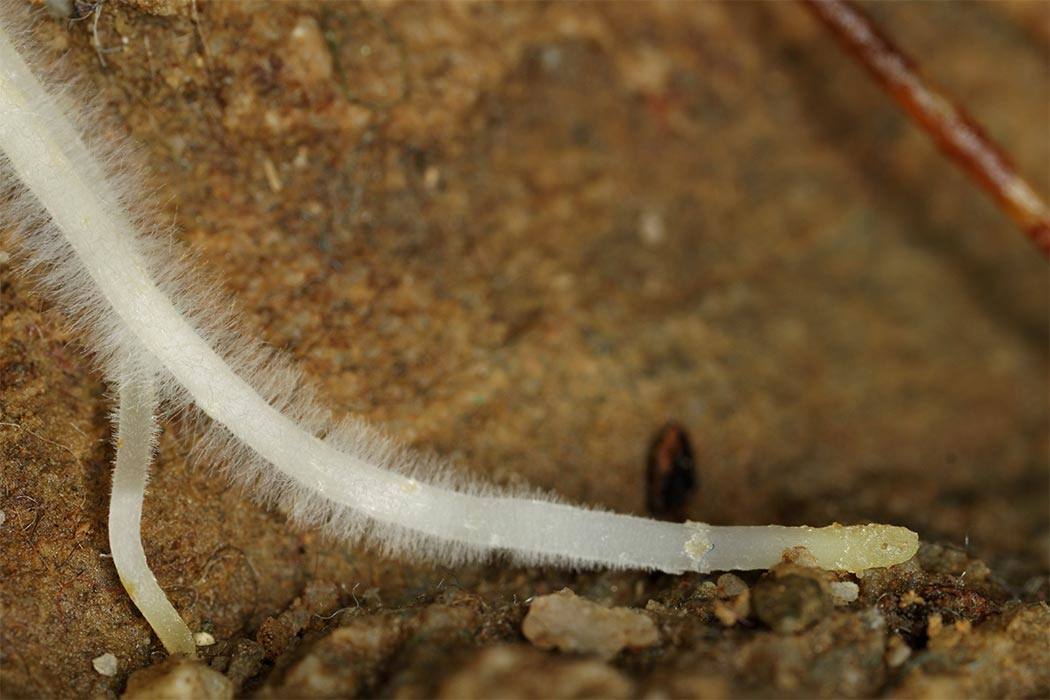Climate change is incontrovertibly causing a host of problems. Beyond the more obvious changes in temperature, ocean acidity, and weather patterns, these changes can have further downstream effects that we are only just learning about. For instance, the cumulative effects of climate change are also driving shifts in the composition of fungi found in soil.
Fungi are particularly important for the health and survival of trees. In many ways, you can not have one without the other. Some help their plants break down nutrients. Others help break down plant material, recycling nutrients back into the ecosystem. Together, fungi can also coordinate tree-to-tree communication through what some scientists refer to as the “wood wide web.”
Over the course of a year, Caitlin Looby, a biologist from the University of California, Irvine, studied fungal composition in a tropical mountain cloud forest in Costa Rica. Although tropical mountain cloud forests don’t occupy much of the world’s total land surface (< 0.4%) , they contain up to 20% of the world’s plant species and up to 16% of the world’s vertebrates. But because of global warming, the cloud layer in these forests are rising, resulting in less water, and altering the biodiversity of these ecosystems.
Lobby and her colleagues found that the warming climate was also causing fungal composition to shift over time. Although they only studied the composition of the soil over the span for a year, a time frame too short to conclusively say anything about the long-term effects of climate change on soil, the researchers established that these fungal communities were indeed very vulnerable to changes in temperature, moisture, and pH.
And while these fungal communities and their symbiotic relationship to plants are all but invisible to us—except for mushrooms, which are the fruiting body of some fungi—the presence and composition of such microscopic communities are a good metric of how healthy an ecosystem is. Soil, after all, is the foundation of plant life. It should be filled with life. Krista McGuire, a microbial ecologist at Barnard College, once explained to me that if certain, important microbes can’t survive in the soil, then the effects of their extinction must transfer up to all other levels of life as well. A healthy fungal component is just as important for a healthy plant system.







